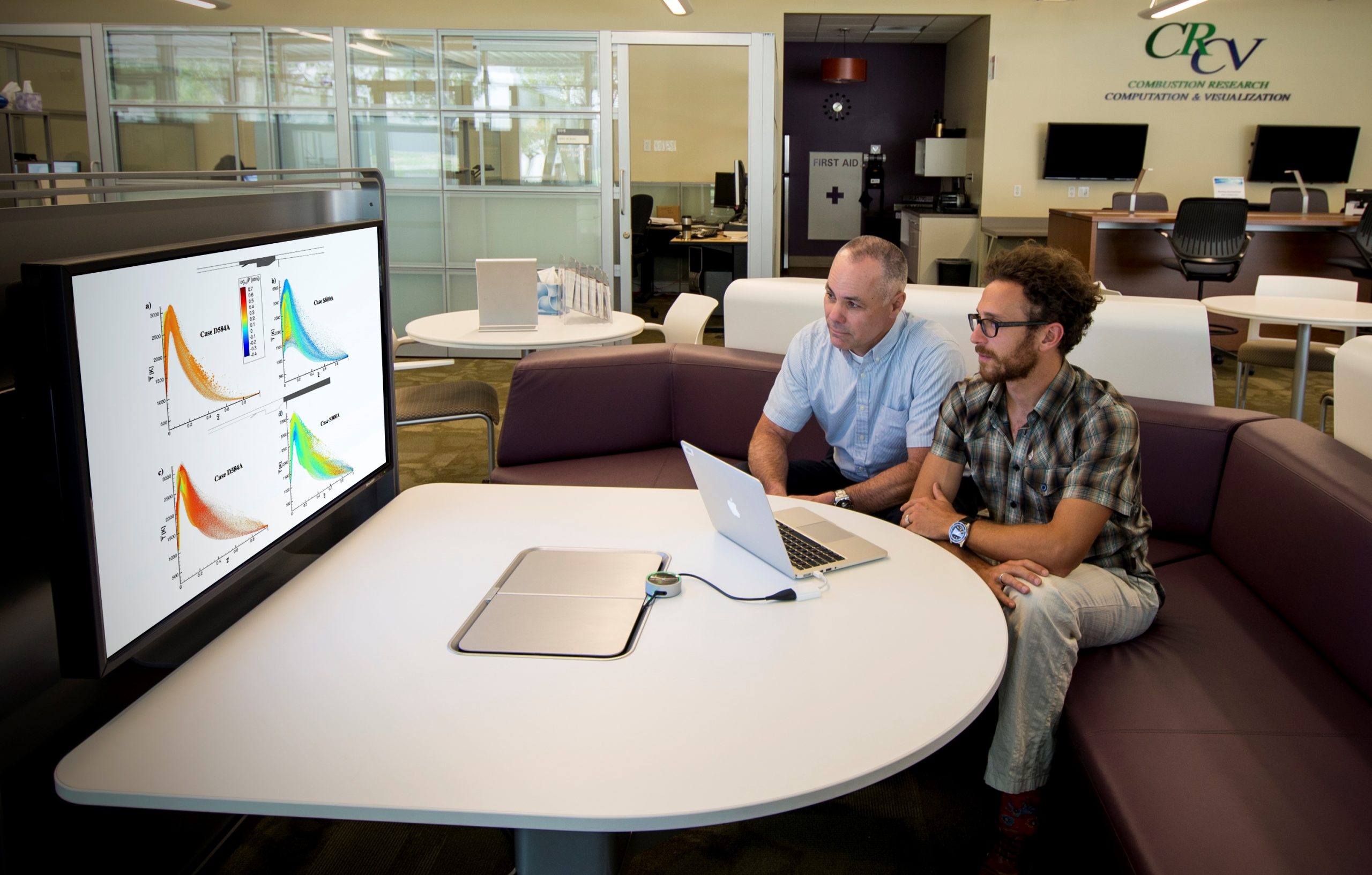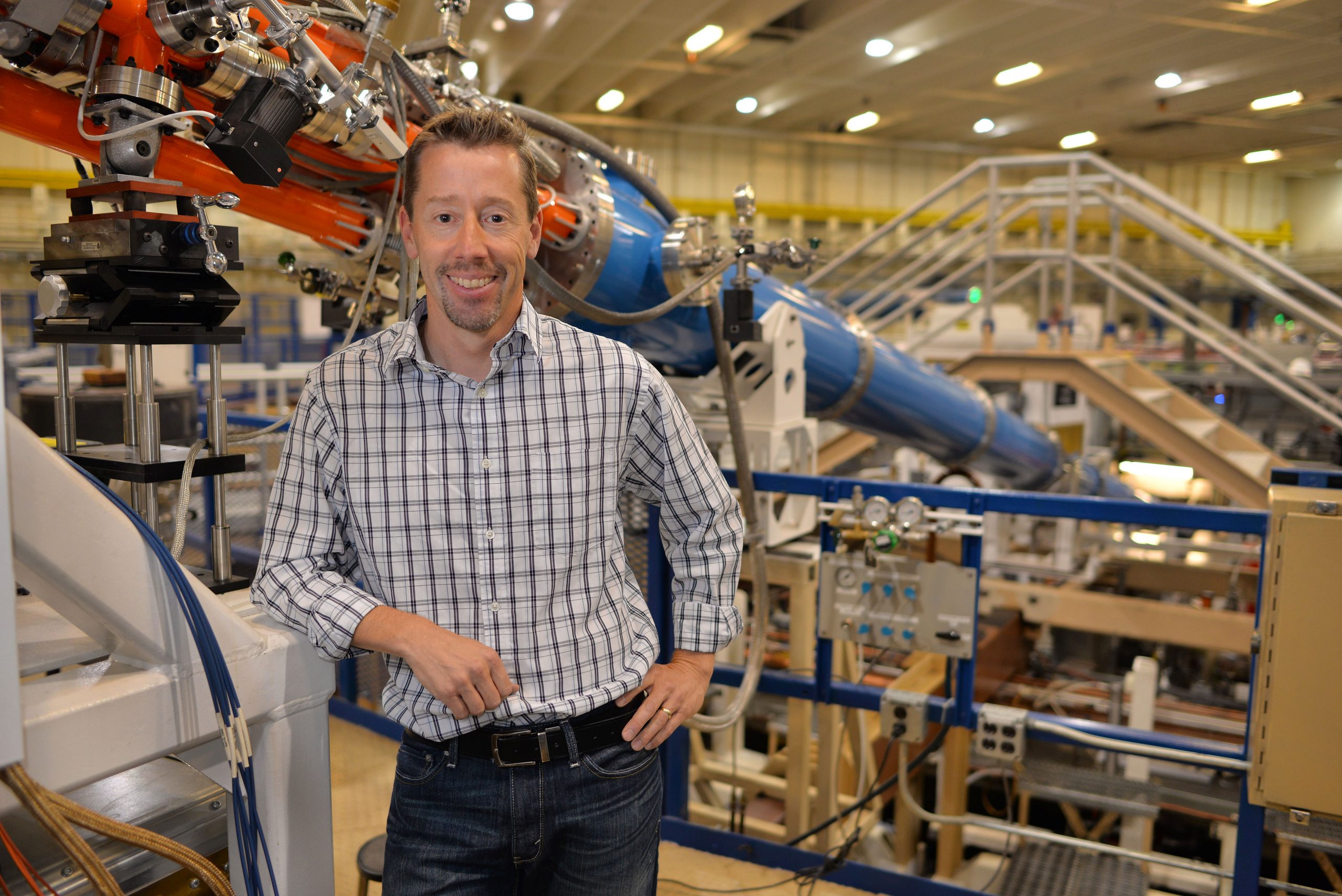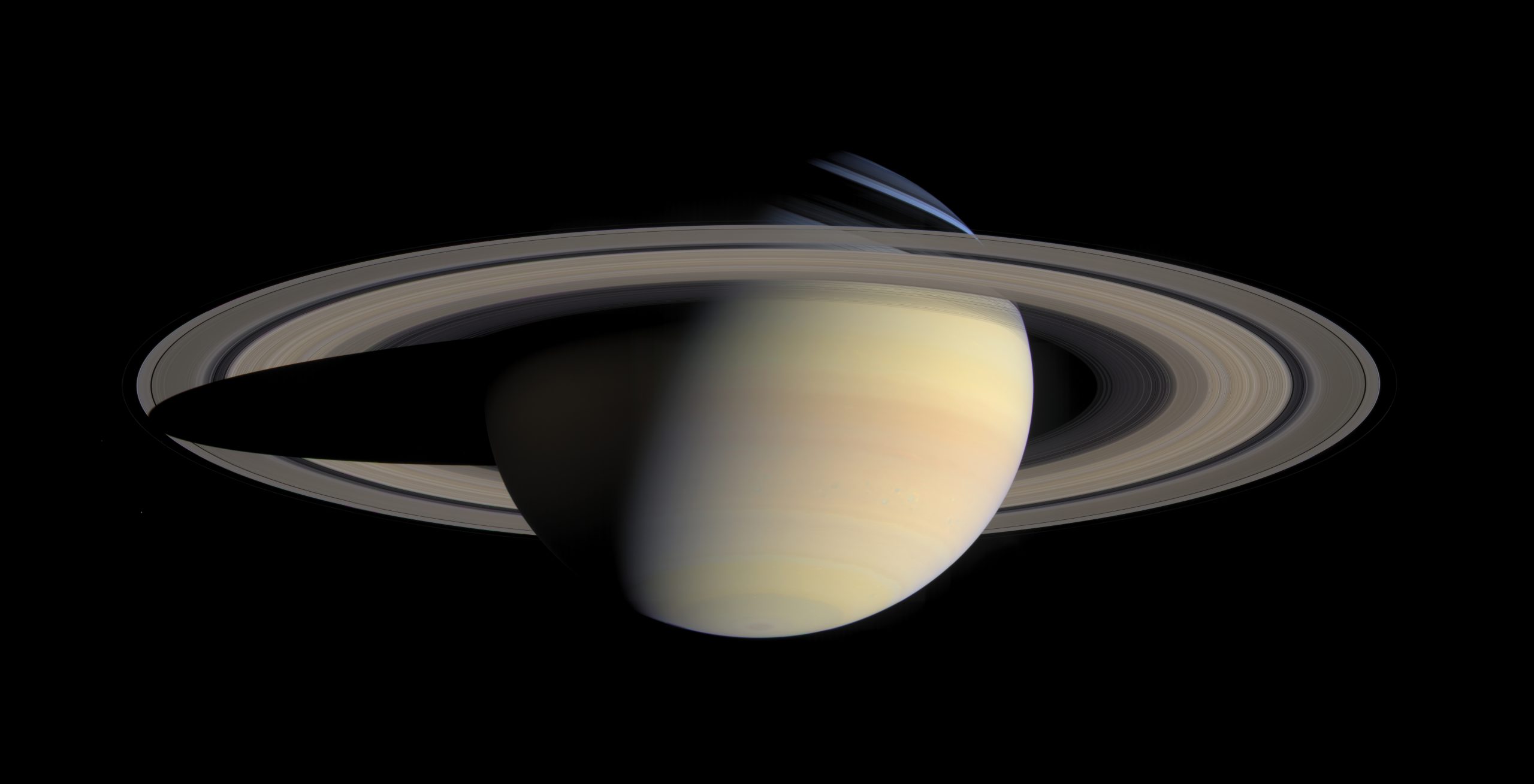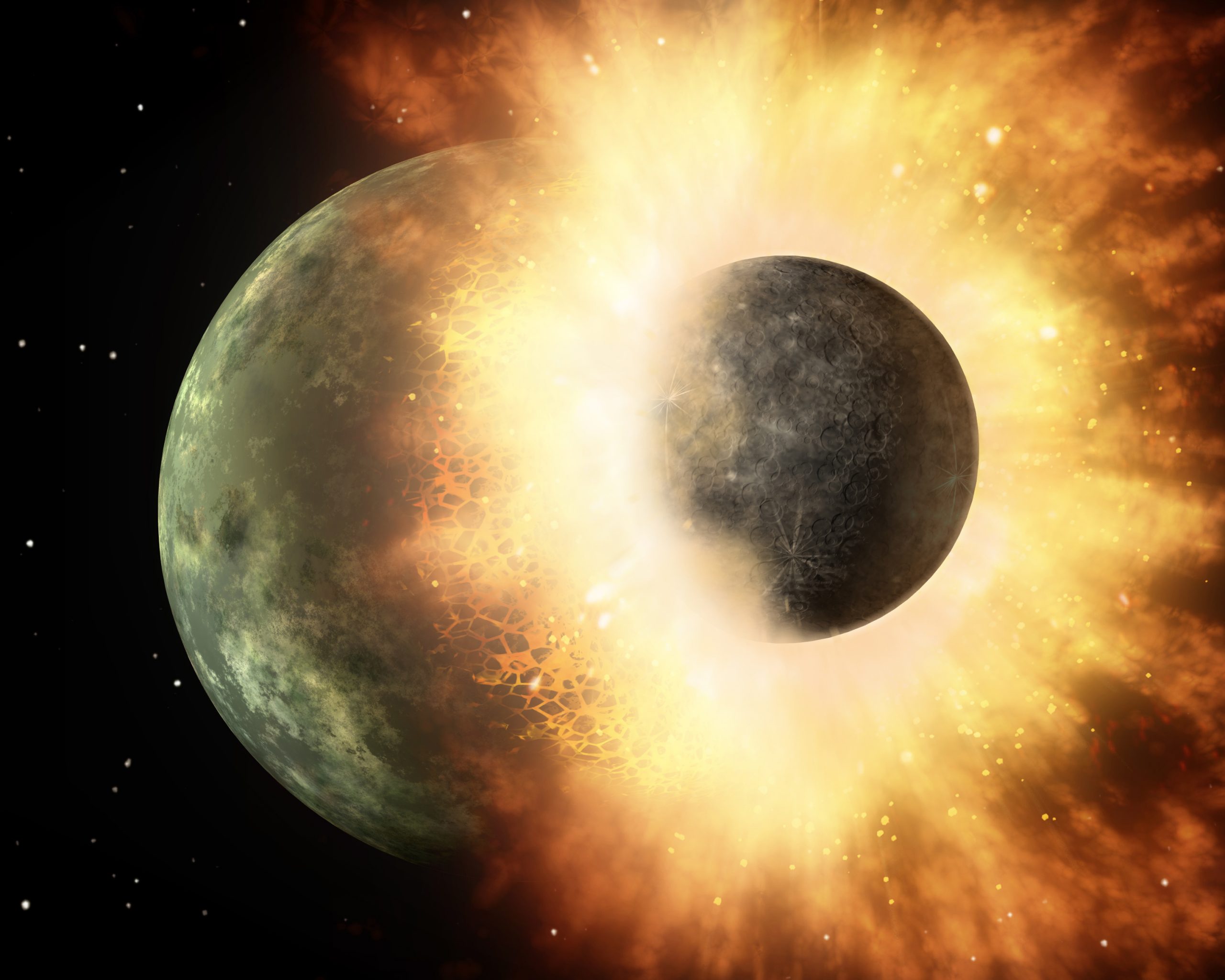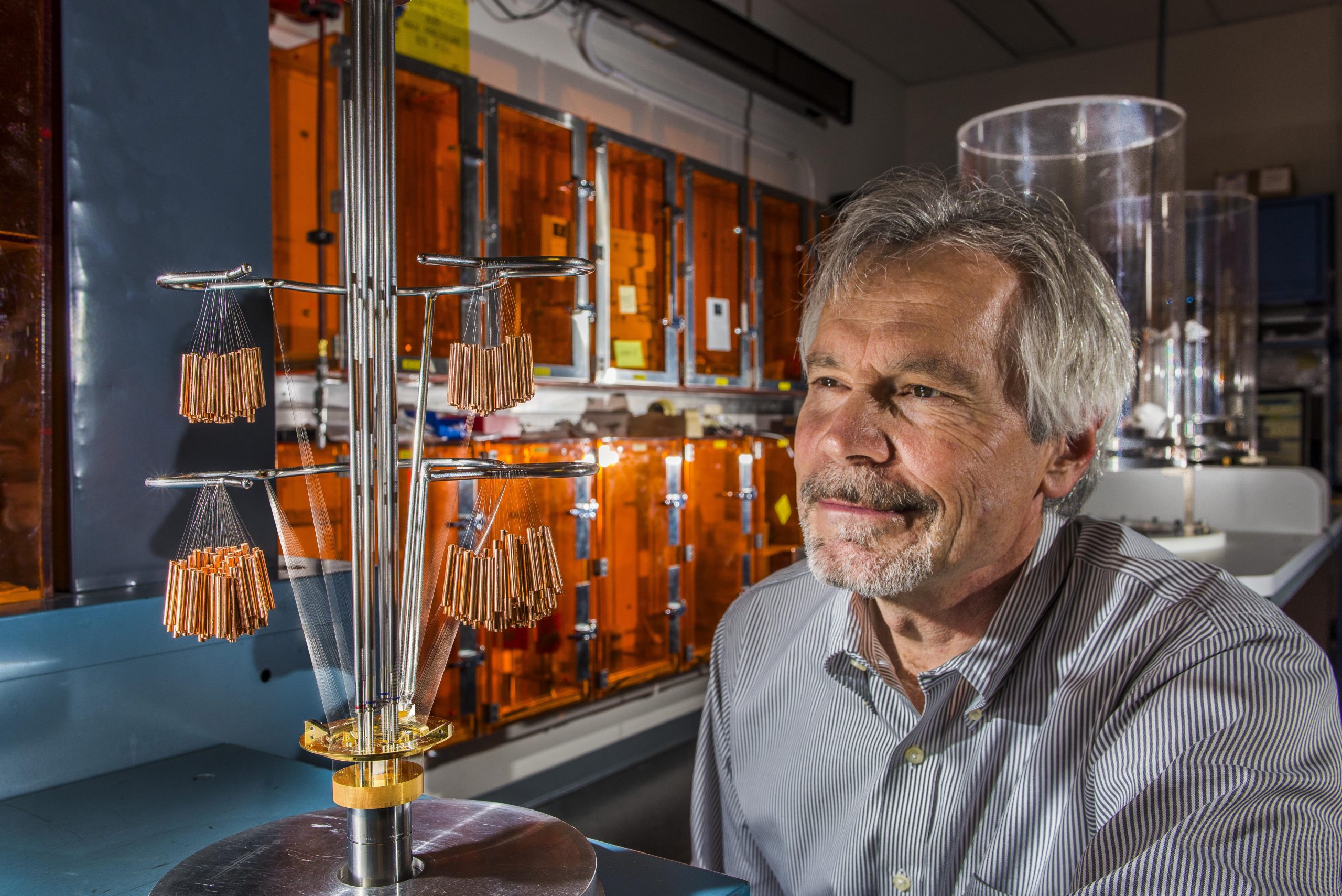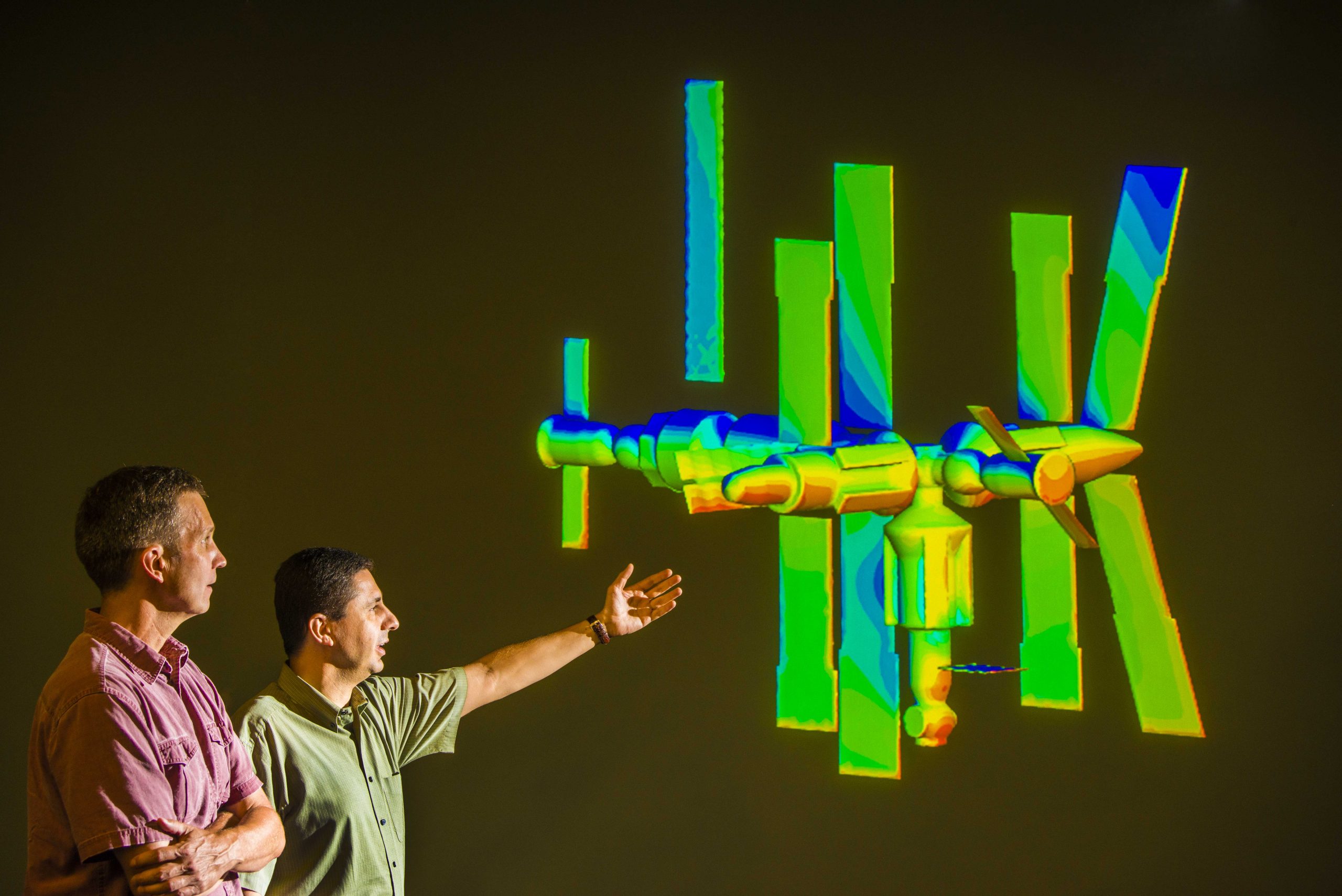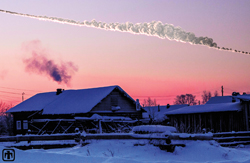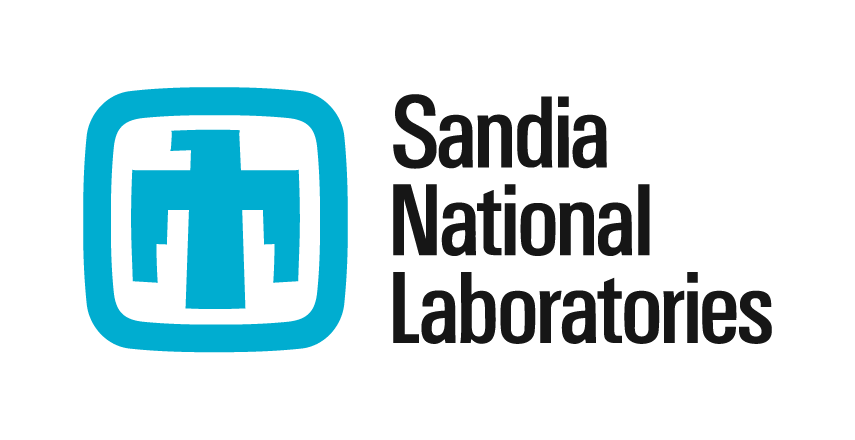October 1, 2015 • Paper focuses on scramjet engines used for supersonic flightLIVERMORE, Calif. — The American Institute of Aeronautics and Astronautics (AIAA) has recognized Sandia National Laboratories researchers Joe Oefelein and Guilhem Lacaze with a best paper award for their work on s…
Categories: Science / Technology / Engineering, Space / Astronomy
